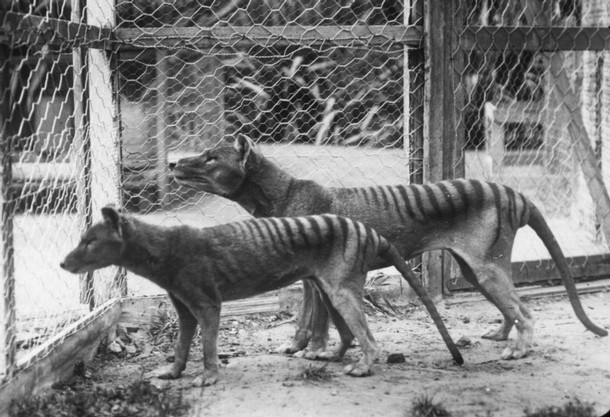
What happened to Tasmanian tigers?
Tasmanian tigers, also known by their technical classification thylacine, were once the world’s largest carnivore that also happened to be a marsupial. They famously went extinct in the 1930s. The main factor in their extinction is human ignorance about the effects of their encroachment, as well as over-zealous hunting practises that sought to collect trophies.
It was called the ‘Tasmanian tiger’ because of the distinctive stripes on its back. Despite having a name that invoked fear, the animals were reputedly very shy around humans and hunted nocturnally. It posed more of a threat to chickens and other small animals than it ever did to humans.
Their remains have been found around Australia as well as Papua New Guinea. The introduction of the dingo species is also a key factor in why the thylacine went extinct in all areas outsides Tasmania around 2000 years in the past. When Europeans arrived in Tasmania, the population of the thylacine was thought to be only 5000.
Despite the fact that mismanagement and feral European dogs were responsible for most farming stock losses (like sheep and chickens), the thylacine was blamed as a local menace (perhaps as an excuse to hunt them for sport). Even though the species was already very small in number, bounties were awarded for hunting and killing both adult and infant thylacines.
It’s thought that around 3500 thylacines were hunted and killed by humans between 1830 and 1920. Eventually, in 1930, humans began to notice how rare the creatures had become and speculated that conservation methods should be enacted. However, this all happened too late. The species went extinct only 59 days after it was declared protected.
There are many reported sightings of people who think they have seen a thylacine, but nothing ever came of them.









